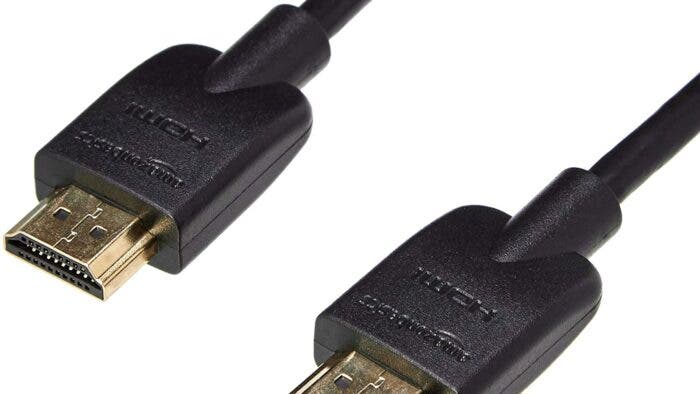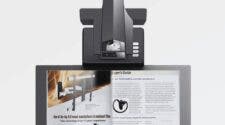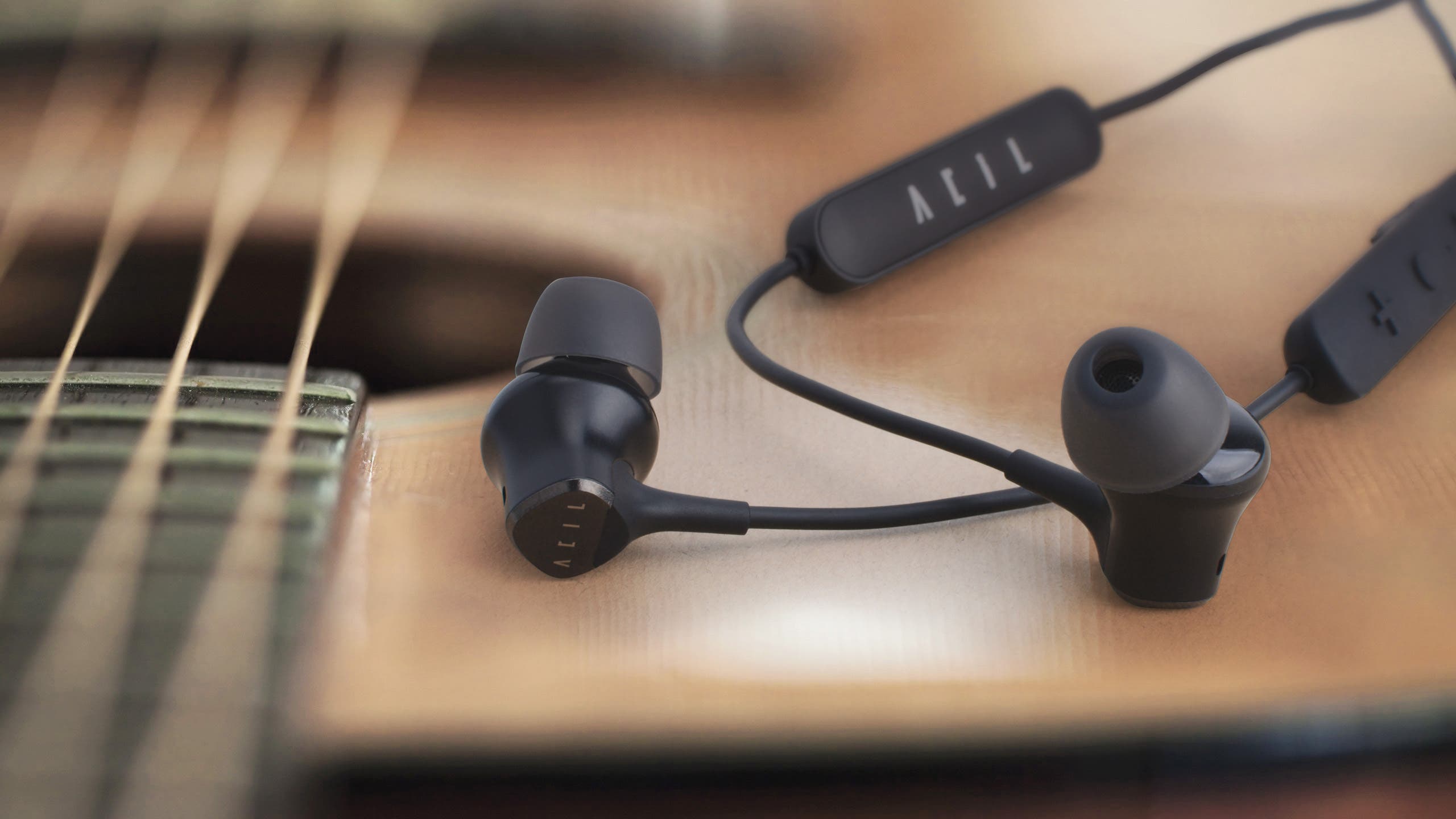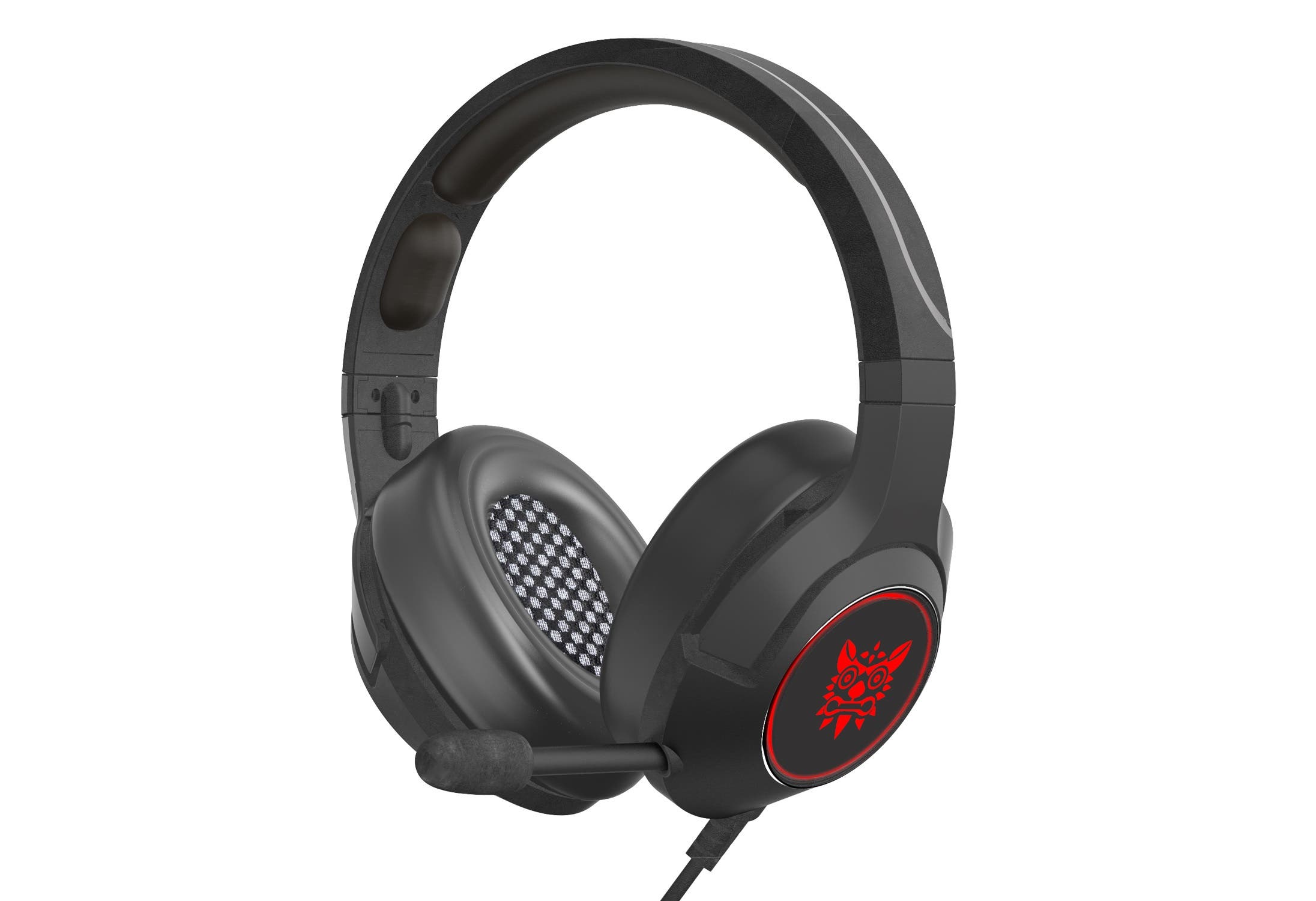A recent report shows that the German Federal Network Administration recently tested HDMI and coaxial cables with the Dutch telecommunications department, Swiss BAKOM, and Swedish authorities. The test results show that a large number of products did not meet the regulations. This, therefore, means that they do not meet the EMC electromagnetic compatibility requirements. The four departments jointly tested 30 coaxial cables and 30 HDMI cables. Of this number, only 11% of coaxial cables meet the EMC requirements. Furthermore, only 10% of HDMI cables meet the acceptable EMC requirements with a coupling attenuation of at least 50dB.
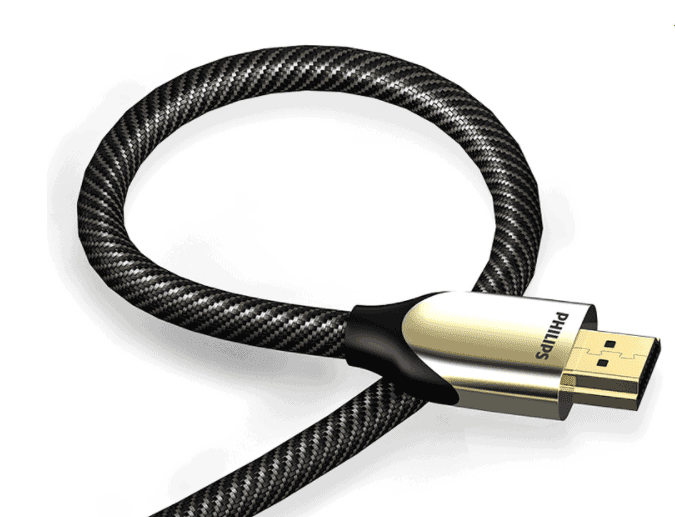
EMC electromagnetic compatibility means that the product is neither susceptible to external electromagnetic wave interference. This means that the product will not actively release excessive electromagnetic waves to interfere with surrounding equipment. Generally speaking, EMC standards require cables to be able to withstand EMI electromagnetic interference below the maximum value. Furthermore, the emitted electromagnetic waves should not exceed a certain amount.
HDMI and Coaxial cables can emit waves that interfere with other devices
The most obvious example is a poorly shielded USB 3.0 cable that will release electromagnetic waves around the 2.4GHz frequency. This will interfere with Bluetooth devices, 2.4G wireless keyboards, and mice. It will also interfere with 2.4GHz Wi-Fi that works in the same frequency band. If the coaxial cable does not meet the EMC requirements, the electromagnetic waves released during the transmission process will affect the surrounding equipment.
Gizchina News of the week
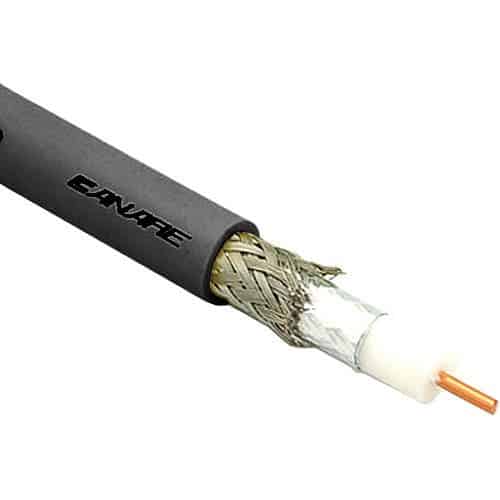
However, European regulatory agencies did not disclose the specific brands and models that it tested. Nevertheless, the report clearly states that price has nothing to do with how good a product can be. It claims that there is no significant difference between high-priced and low-priced cables. The length of all the tested cables is between 1.5 m – 3 m, but longer cables are bound to have worse performance.
These four departments submitted a list of recommendations to the European Union, suggesting that standards organizations should strengthen the certification of HDMI and coaxial cables. In addition, these departments also hope to test other types of cables, such as USB Type-C data cables, Ethernet cables, and so on. The test results show that compared with 2012, the overall quality of the coaxial cable has deteriorated.
In all, users should be very careful with these cables because we certainly do not want interference with our devices. Unfortunately, there is no way for us to know which of these cables are proper for use. However, we hope the EU will come with a way for users to know which cables will not cause interference with other devices.

